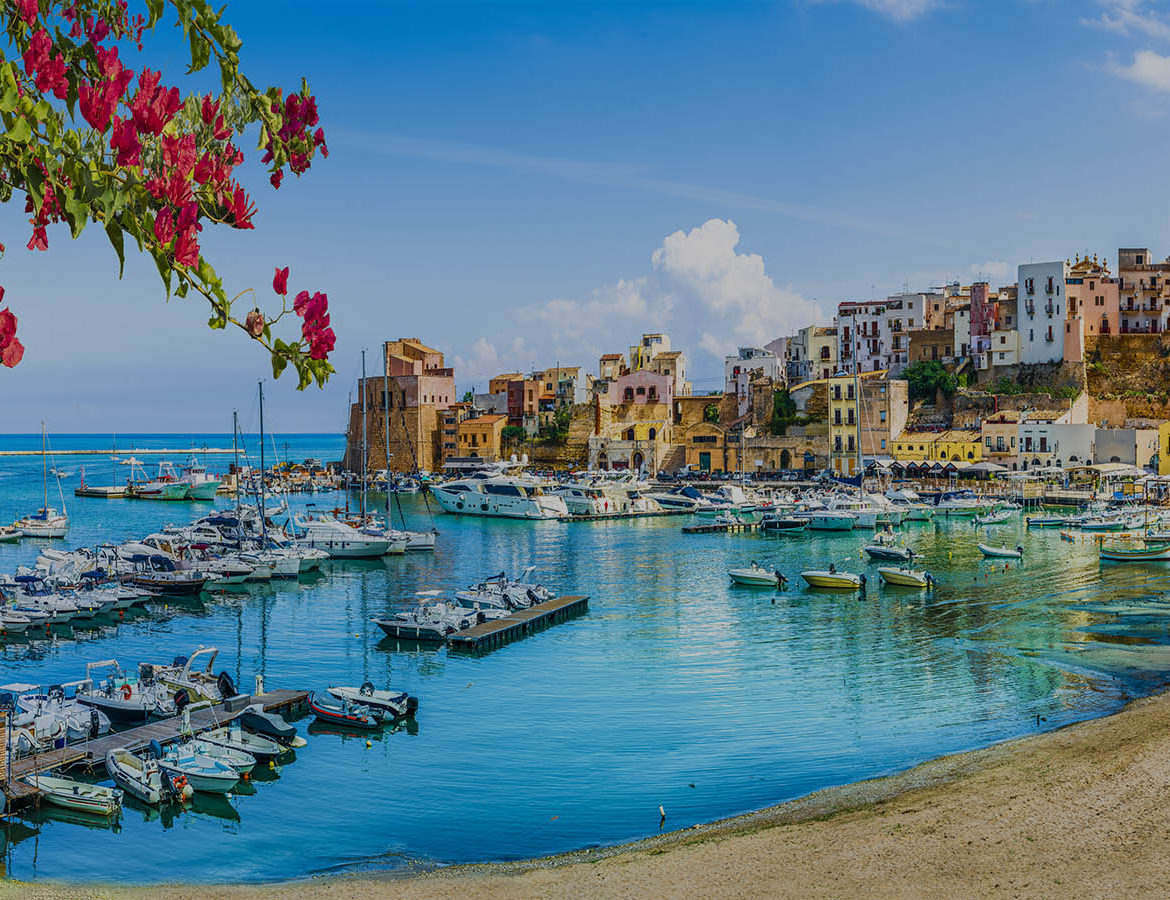Castellammare del Golfo: Il borgo di mare tra i più belli d’Italia
Tra le località interessanti da visitare durante un soggiorno a Trapani, figura certamente Castellammare del Golfo. Si tratta di uno dei borghi più famosi d’Italia, nel quale storia e natura s’intrecciano in una località decisamente da visitare.
Un po’ di storia
Castellammare del Golfo nasce come porto della vicina città di Segesta, rimanendo ad essa legato fino all’arrivo degli Arabi. Questa popolazione, arrivata a Castellammare nell’VIII secolo, porta tanti cambiamenti a cominciare dal nome, che diventa “al-madariğ” (“le scale”, dovuto alla scalinata che conduceva al porto).
Il nome attuale di Castellammare del Golfo arriva all’inizio del secondo millennio, quando questa zona viene controllata prima dai Normanni e poi dagli Svevi. Negli anni successi cambia ancora “di proprietà”, visto che prima questa cittadina viene conquistata agilmente da Roberto d’Angiò e poi dagli Aragonesi.
Questi continui conflitti portano ad un periodo difficile per Castellammare, che torna a crescere quando diventa una terra baronale di Federico d’Antiochia (che la trasforma in un importante porto commerciale). Questo ruolo venne conservato anche nelle epoche successive, che consentono a Castellammare di vivere al meglio fino a quando non venne caratterizzata (come molte altre località siciliane) dal fenomeno del brigantaggio.
Spiaggia La Plaja a San Vito lo Capo
Nella zona di Castellammare del Golfo, la spiaggia più grande e importante è sicuramente La Plaja. Questo è un tratto di costa sabbioso, bagnato da un mare cristallino e frequentato sia dai giovani che dalle famiglie.
Un’altra spiaggia interessante è Guidaloca, con un mare altrettanto spettacolare e caratterizzata da lisci ciottoli.
Luoghi da visitare
Castellammare vanta edifici che consentono di rivivere i vari momenti della storia dell’odierno comune trapanese. Tra i più importanti c’è il Castello Arabo Normanno, la cui edificazione viene attribuita agli Arabi nel X secolo e su resti di antiche fortificazioni.
Successivamente venne ampliato dai Normanni, che aggiungono le mura e alzano le torri già presenti. In seguito viene ulteriormente modificato, mentre attualmente ospita il Polo Museale “La memoria del Mediterraneo” (nato con lo scopo di valorizzare il patrimonio della cittadina e di tutto il territorio circostante).
Tra gli edifici religiosi, invece, da citare assolutamente la Chiesa Madre. Sulle origini di questa chiesa i pareri sono discordi, perché viene edificata a partire dal 1726 per volere del Principe D’Aragona ma – si dice – sulle fondamenta di edifici preesistenti. Lo stile è classico e lineare e, tra le opere che custodisce, c’è anche la statua della Madonna del Soccorso (che risale al ’500).
Cosa fare durante il soggiorno
Oltre ai due edifici citati in precedenza, Castellammare del Golfo offre molte altre possibilità per passare qualche giorno tra storia e natura. Un altro edifico importante della città è il Palazzo Crociferi, fondato nel 1659 per volere della principessa Francesca Balsamo di Roccafiorita come convento dei Padri Crociferi. Attualmente è utilizzato come sede del Municipio.
Un altro luogo estremamente caratteristico sono le Torri Bennistra, torri di avvistamento saracene utilizzate in passato per controllare l’eventuale arrivo di popoli nemici via mare. Da prendere in


Comment (0)